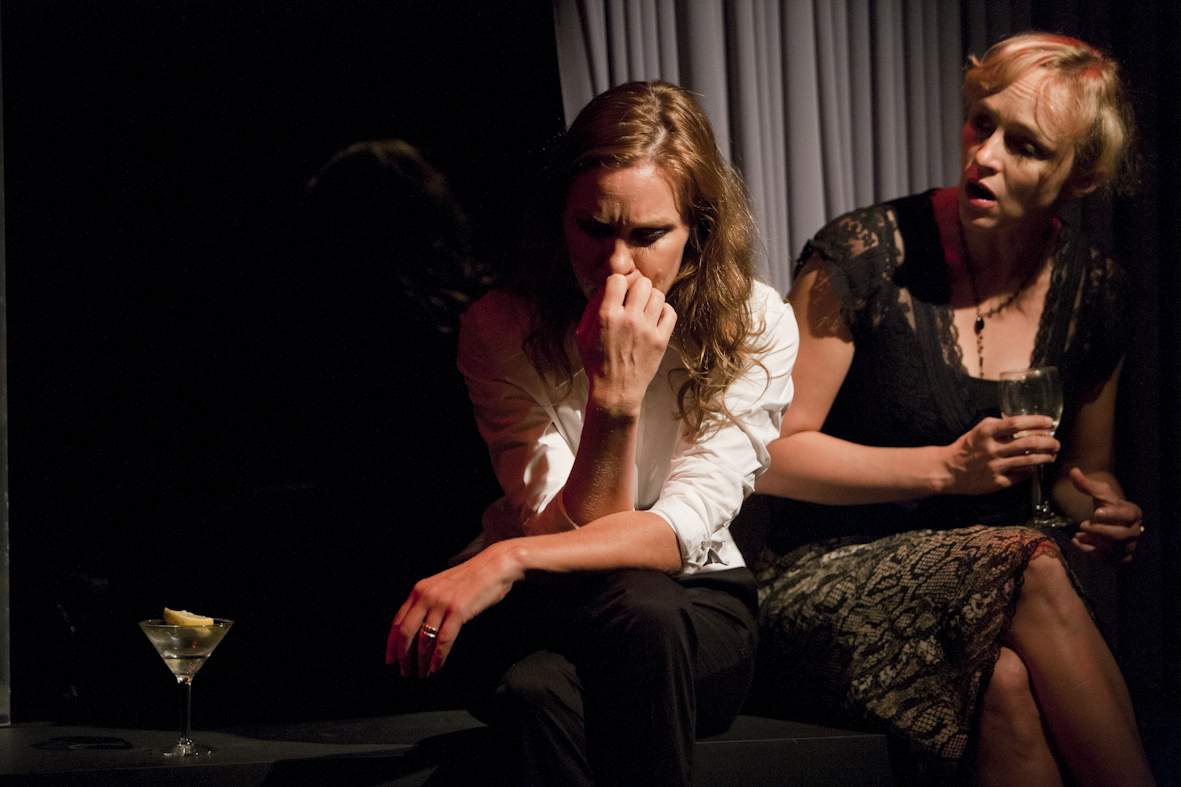Speaking in Tongues
The play that became the film Lantana is being revived for the next-gen audience and comes complete with all the theatrey touches that were excised on the screen.
Overview
Sitting in the front rows of the SBW Stables, your feet possibly on the stage, you're always somehow part of the show, and its best plays remind you of this brilliant awkwardness. In the party you're invited to tonight, you're a wallflower struggling to read the lips of two pairs of new acquaintances who are just out of earshot, secluded by pop music, easily bewitching and clearly starting something. When the music cuts out, they're in hotel rooms about to cheat on their spouses. Their conversations, like their rooms, overlap and sometimes, pointedly, intercut. Affairs are all the same. But the unhappy couplings around them, we're about to see, are each unhappy in their own dark and somewhat Lynchian ways.
Griffin aren't dawdling in season 2011; they're playing their trump card in the very first hand, remounting one of the most successful works to ever premiere on its stage. First put on in 1996, Andrew Bovell's Speaking in Tongues went on to win an AWGIE, build renown through performances the world over and, five years later, be adapted by the playwright into the even more successful, AFI-sweeping film Lantana.
It's a now classic text of adultery, mystery, death and deceit that builds a meaningful (although, by current trends at least, insanely coincidental) web among its nine characters, in four couples, portrayed by four actors (Lucy Bell, Caroline Craig, Andy Rodoreda and Christopher Stollery). There's an Australian forthrightness among its intricate, theatrey flourishes, and it comes out intensely poetic in both language and structure: a philandering husband "smells like the backyard of a petrol station, like the sweat of another woman"; a man with a pair of beautiful brown brogues returns to break your heart.
This production, directed by Griffin's fresh artistic director, Sam Strong, harnesses the full power latent in the script and allows its cast to distinguish each of their conflicted individual characters and make a devastating impression in the moments they move as one. The extra oomph comes from the use of set (designed by Dayna Morrissey). The first act's contemporarily sparse, greige, catch-all interior punctuated by an ample pouffe is in the second stripped to the abstract to evoke mystery and death through haze and ash-like floors, and it hides a surprise. The effect of sharing this small space with these actors and these interactions is completely consuming, and the best way to start your theatregoing year.





